Chapter Summary
Chapter Summary
Section 1: Fiscal Policy and Aggregate Demand
Fiscal policy describes the use of government taxation and spending to influence the economy. Specifically, it involves three main tools: taxation, government spending on goods and services, and transfer payments.
Contractionary fiscal policy includes reducing government spending or transfer payments, or raising taxes. The effect is a shift of the AD curve to the left, decreasing prices and aggregate output.
Expansionary fiscal policy includes increases in government spending or transfer payments, or reducing taxes. The effect is a shift of the AD curve to the right.
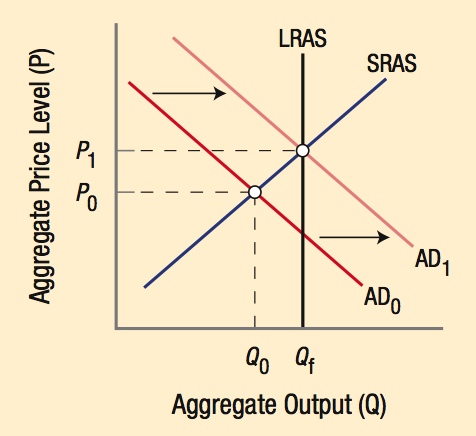
The multiplier effect allows each dollar of government spending to expand aggregate output by a multiple of the amount spent. Changes in government spending have a larger multiplier than changes in taxes.
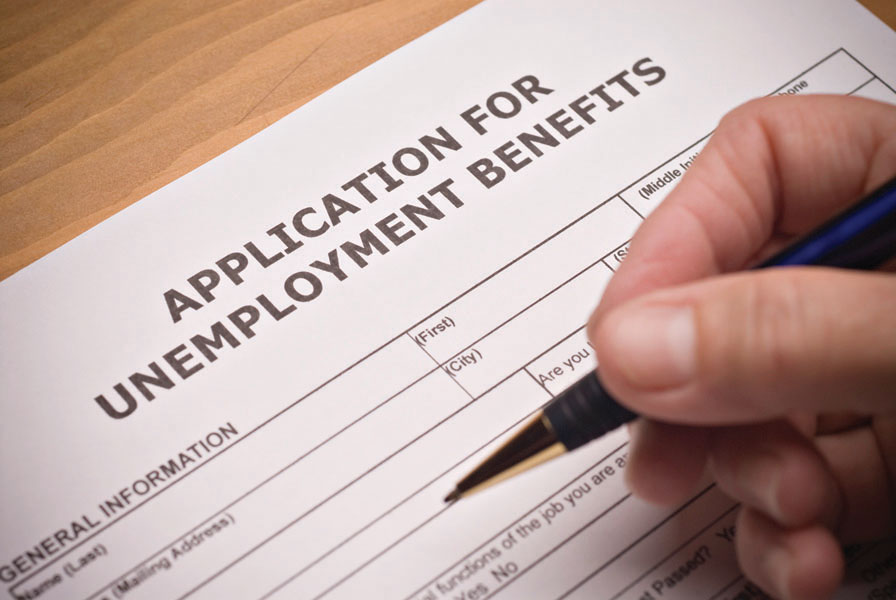
Unemployment benefits generally produce a high multiplier effect because recipients are likely to spend all of the money quickly.
Using expansionary fiscal policy to shift AD during a recession can reduce the time required to achieve full employment, Qf. The tradeoff of such policies is potential inflation, although the effect is small when used in a deep recession.
Section 2: Fiscal Policy and Aggregate Supply
The goal of supply-side fiscal policy is to shift the LRAS curve to the right. Such policies do not require a tradeoff between output and prices; however, these policies require more time to work.

Maintaining highways such as the treacherous Trans-Alaskan Highway can increase aggregate supply if better roads increase productivity.
Common Supply-Side Policies
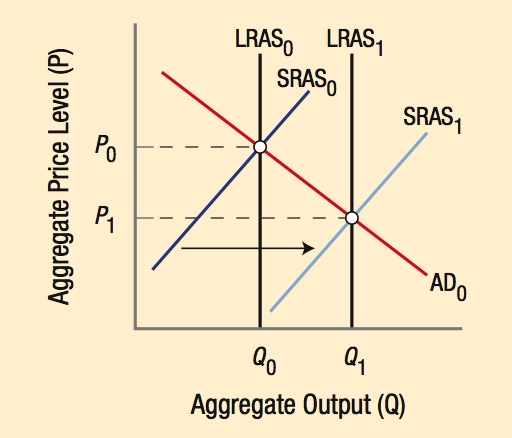
- Infrastructure Spending: Improving roads and communications networks, stabilizing legal and financial systems, and improving human capital and technologies (R&D).
- Cuts in Tax Rates: Increases aggregate supply by providing firms incentives to expand or for individuals to work more.
- Elimination of Burdensome Regulations: Leads to greater efficiency if the costs of regulation outweigh its benefits.
Section 3: Implementing Fiscal Policy
The economy contains automatic stabilizers:
When the economy is strong:
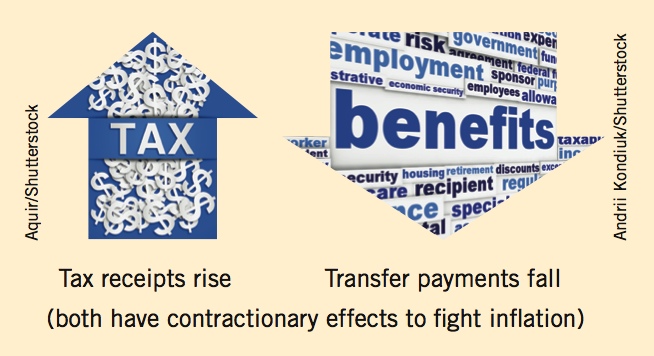
Andrii Kondiuk/Shutterstock
When the economy is weak:
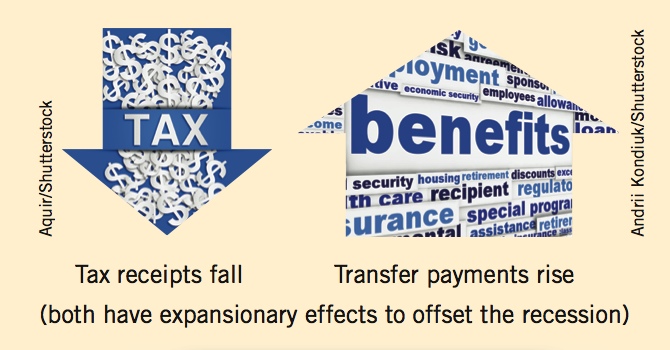
Andrii Kondiuk/Shutterstock
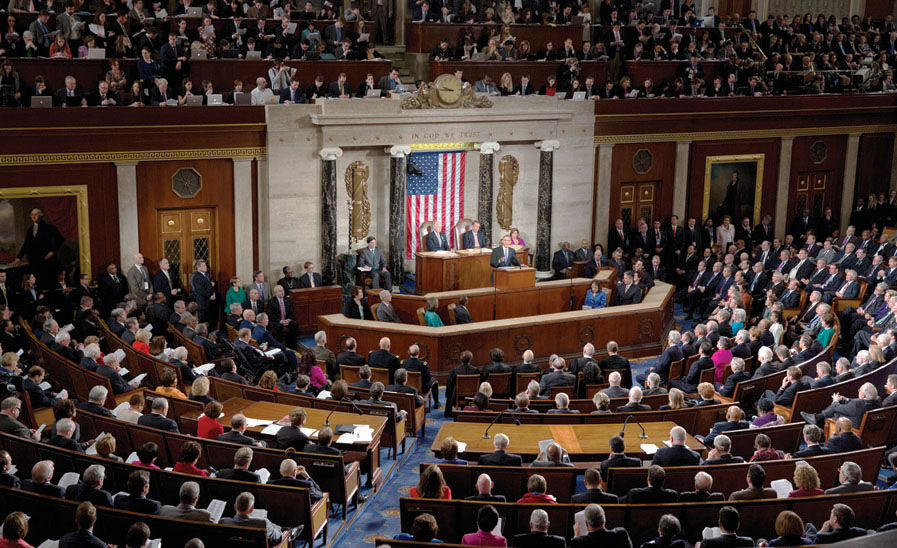
Using fiscal policy involves timing lags:
- Information lag: Time required to acquire macroeconomic data.
- Recognition lag: Time required to recognize trends in the data.
- Decision lag: Legislative process to enact policies.
- Implementation lag: Time required after laws are passed to set up programs.
Section 4: Financing the Federal Government

The federal deficit is the annual amount that the government spends that is above the amount it receives in tax revenues. The public (or national) debt is the accumulation of all past deficits and surpluses.
How Does the Government Finance Its Deficit (G − T)?
- The Federal Reserve prints money to buy bonds: ΔM
- Treasury bonds held domestically and externally: ΔB
- Sales of government assets: ΔA
Section 5: Why Is the Public Debt So Important?
The U.S. government pays about $250 billion per year in interest payments on the public debt. Although this is a manageable expense, rises in interest rates and rising future liabilities can make debt a more significant problem in the future.

Social Security and Medicare liabilities rise each year as Americans live longer and health care costs rise. These two components pose a big concern for future debt.
About half of U.S. public debt is held externally, by foreign governments and investors. Of this amount, nearly half, or about $2.4 trillion, is held by China and Japan.
Borrowing money to finance the debt raises interest rates, making it more expensive for individuals and businesses to borrow money. This is the crowding-out effect.